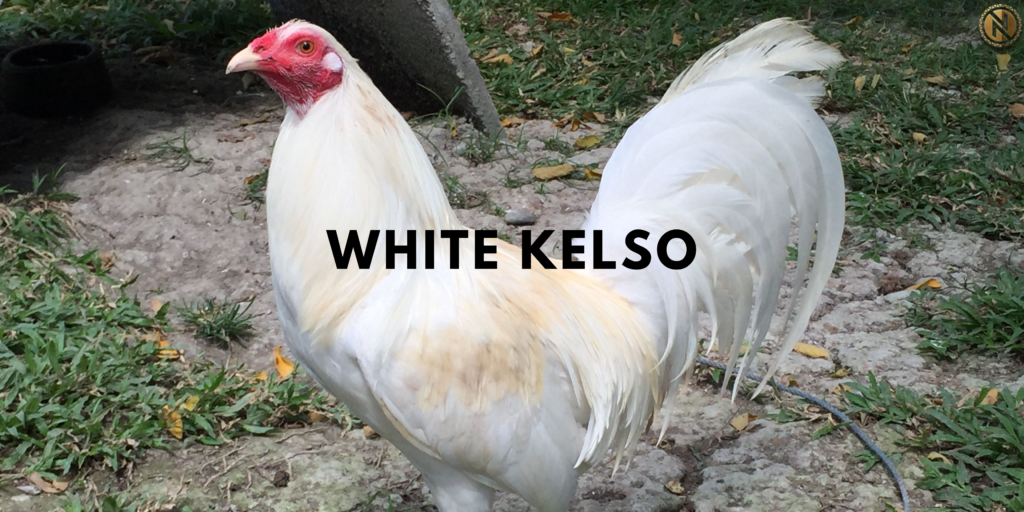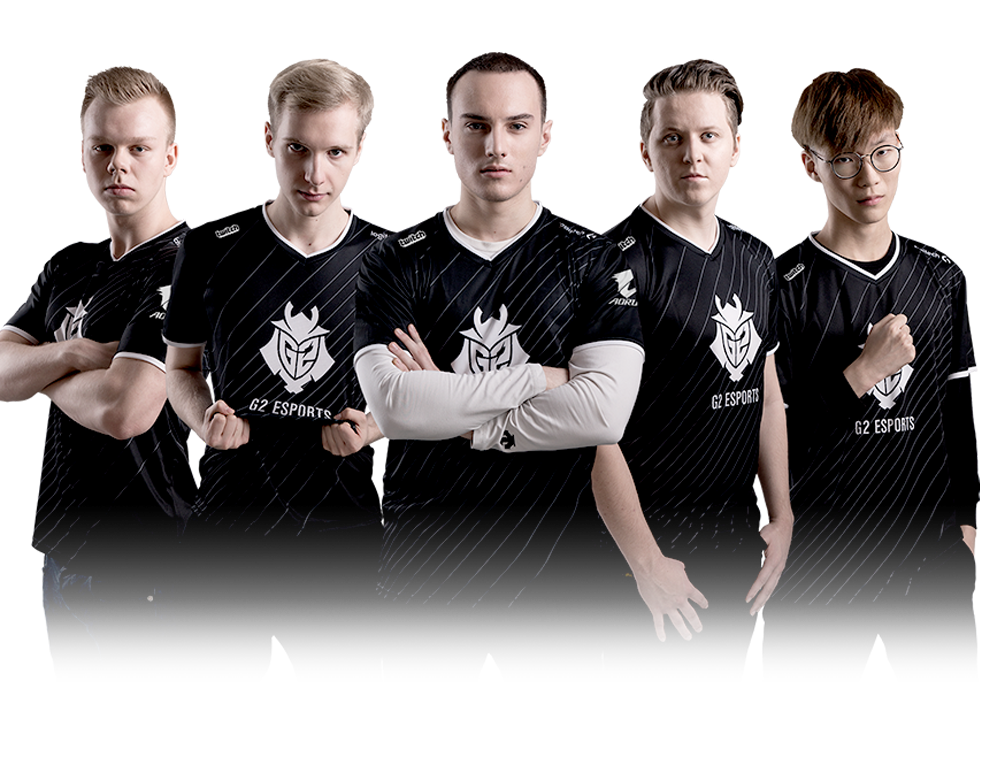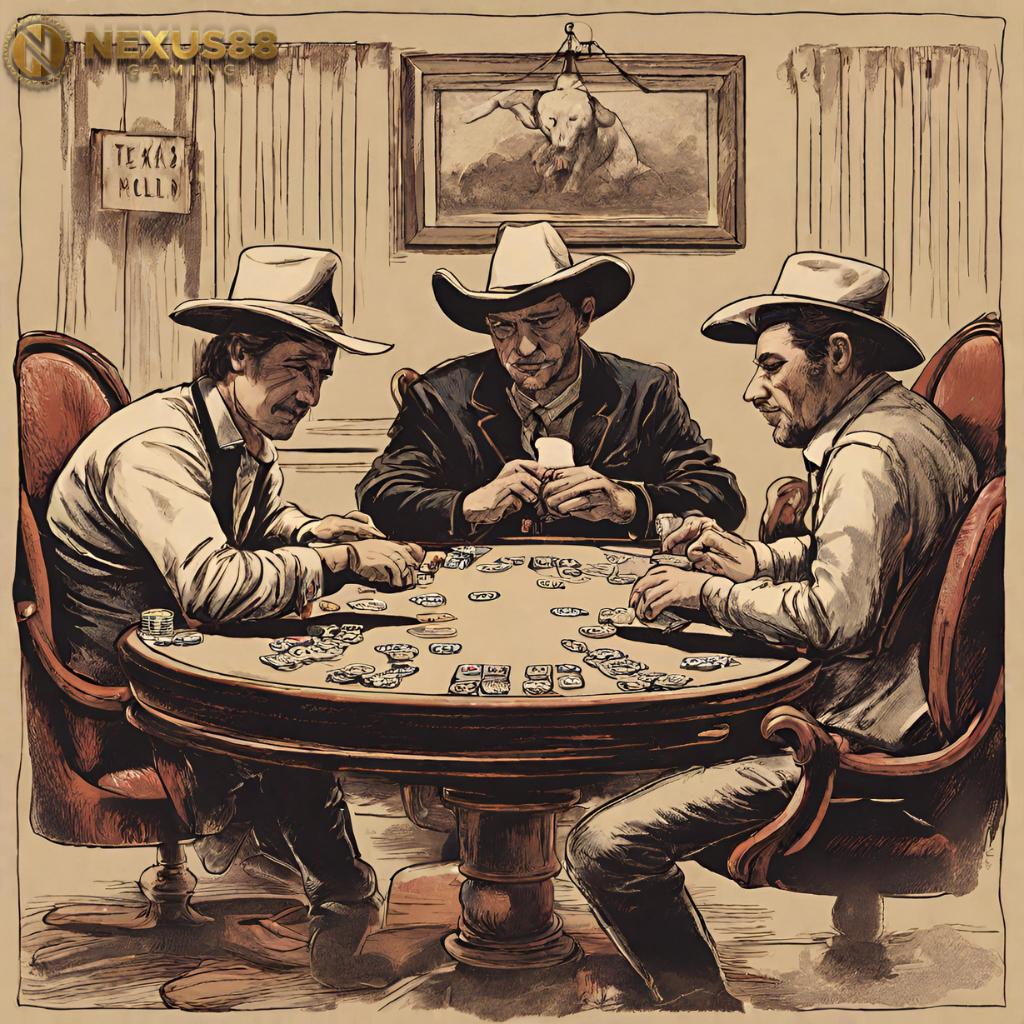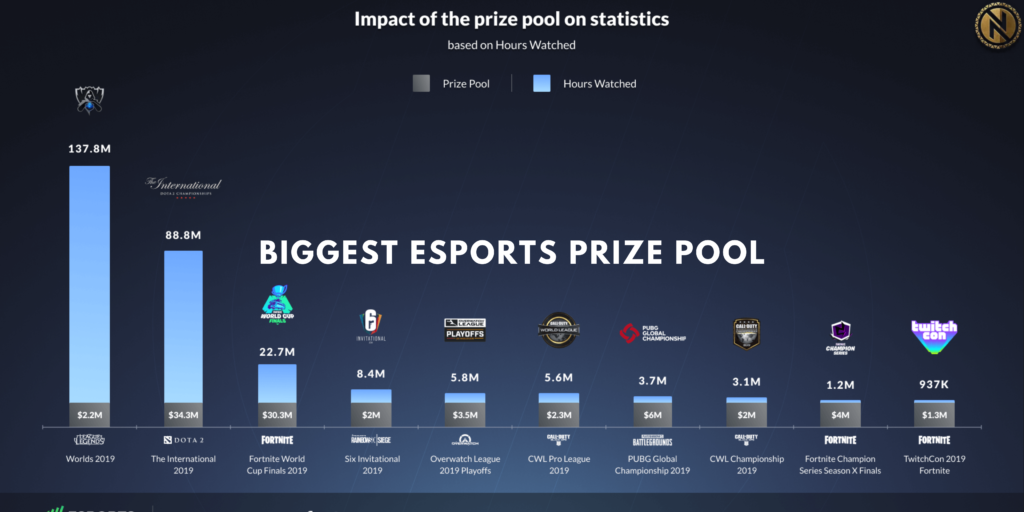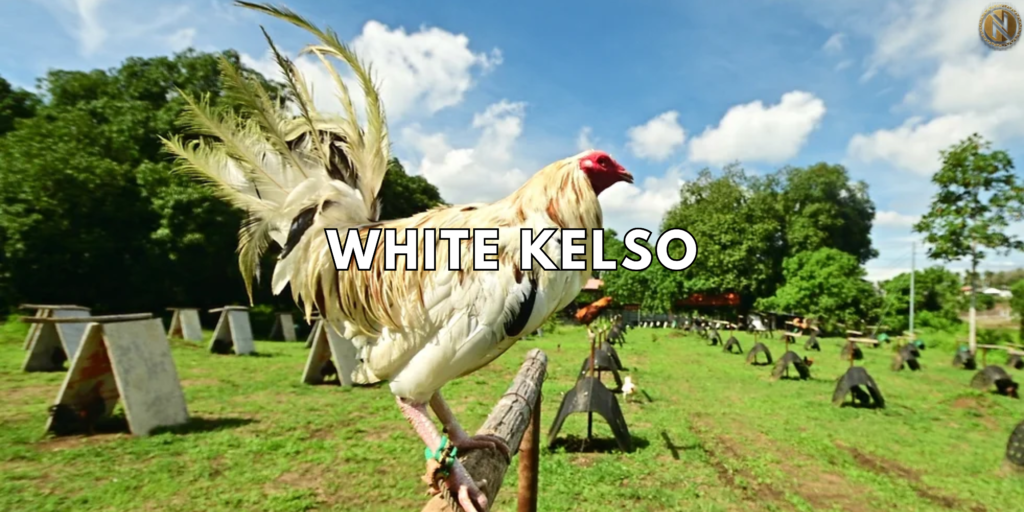
Hey there! Ever heard of White Kelso Gamefowl? These birds are pretty popular in the gamefowl world, known for their distinct characteristics and spirited nature. If you’re into breeding, training, or just taking care of these feathery friends, understanding their behavior is super important. So, let’s dive right in and explore what makes these birds tick!
Table of Contents
The Basics of White Kelso Gamefowl Behavior
Overview of Instinctual Behaviors:
- First things first, let’s talk about what comes naturally to these birds. Like most gamefowl, White Kelsos love pecking around in the dirt, looking for food – it’s their version of a treasure hunt! They also have a thing for perching up high when it’s time to sleep. It’s all about feeling safe and keeping an eye on things.
Expanded Social Dynamics in Flocks:
When you observe White Kelso Gamefowl interacting with their flock, you’ll notice a fascinating social structure, kind of like a mini society. This ‘pecking order’ is their way of establishing who’s in charge and who follows. It’s not just about being bossy; it’s a natural way for them to maintain harmony and order.
The leader, often a more dominant rooster, sets the tone for the group. He’s the one making decisions, leading the foraging, and sometimes even deciding where to roost. The others fall in line, with each bird finding its place in the hierarchy. It’s like watching a well-orchestrated dance – each one knows their steps.
But it’s not all set in stone. Sometimes, you’ll see challenges for the top spot, especially from younger roosters. They’ll strut, puff up their feathers, and try to show they’re boss material. It’s all part of the dynamic and keeps things interesting.
Recognizing Behavioral Patterns
Signs of Health and Well-being:
- Spotting a happy and healthy White Kelso isn’t tough. These birds are natural busybodies, always on the move. They love scratching around in the dirt – it’s like they’re on a constant treasure hunt. Preening is another good sign. When they’re cleaning their feathers, it’s not just about looking good; it’s a sign they’re comfortable and content.
- Also, listen for their clucks and chatter. Each cluck, believe it or not, can mean something different. It’s their way of communicating with each other and with you. Happy and content Kelsos are chatty Kelsos, so a lively, clucking bird is a good sign.
Red Flags in Behavior:
- But not all days are sunny in the world of White Kelsos. If you notice one of your birds is less active, maybe not joining in the forage fun or sitting alone, it’s time to pay attention. These might be signs of health issues or stress.
Also, watch out for changes in behavior. A normally calm bird becoming aggressive or a typically active bird turning lethargic are not great signs. These changes can indicate a range of issues, from health problems to environmental stressors. It’s important to catch these signs early to keep your flock happy and healthy.
Behavioral Differences in Various Situations
- During Breeding Season:
Breeding season turns the coop into a stage for dramatic displays. The roosters take center stage, becoming more assertive and showy as they vie for the attention of the hens. You’ll see them puffing up their feathers, strutting around with more swagger, and even crowing louder to assert their dominance. This behavior is natural; it’s their way of proving they’re the best choice for the hens. However, it can lead to squabbles as roosters may challenge each other to win over a mate. It’s important to monitor these interactions to ensure they don’t escalate into serious fights.
- In Different Environments:
The environment plays a crucial role in the behavior of White Kelso Gamefowl. In confined spaces, they can become stressed or agitated. This tension might manifest in pecking at each other or excessive noise. On the other hand, a spacious environment allows them to express their natural behaviors more freely. They’ll have the room to forage, explore, and establish personal territories, leading to happier, more content birds. It’s essential to provide an environment that meets their needs – enough space to move around, areas to perch, and opportunities to engage in natural behaviors. This not only keeps them physically healthy but also mentally stimulated.
Interaction with Humans
- Training and Handling:
Training and handling White Kelso Gamefowl is an art that requires patience and a gentle touch. These birds are intelligent and can be very responsive, but they need to be approached in the right way. Consistency is key in training; regular sessions will help them understand what you expect. Use calm, reassuring tones and movements to avoid startling them. It’s also important to be patient and not rush the process. They may not get it right away, but with time and repetition, they’ll start to follow your cues. Positive reinforcement works wonders, so rewarding good behavior with treats or verbal praise can be very effective.
- Building Trust with Your Birds:
Building a bond of trust with your White Kelso is essential for a harmonious relationship. Spend time with them every day, not just during training or feeding times. Sit with them, talk to them – your voice can be a comforting presence. Gently handling them helps too; regular, careful interactions like checking their feathers or lightly stroking them can build trust. Remember, trust doesn’t develop overnight. It’s a gradual process that requires consistency and patience. As trust grows, you’ll notice your White Kelso becoming more relaxed and interactive with you. This bond not only makes handling easier but also creates a more enjoyable and rewarding experience for both you and your birds.
Addressing Behavioral Issues
- Modifying Unwanted Behaviors:
Got a White Kelso that’s not behaving as usual? It’s essential to play detective and uncover the root cause. Are they bored? Birds, like people, need stimulation. Introducing new toys or changing their environment can work wonders. Could they be hungry? Check if their diet is balanced and fulfilling their nutritional needs. Maybe they’re craving more space. Kelsos are active birds and can get cranky if they’re cooped up for too long. Tweaking their living space to give them more room to roam can often resolve many issues. Sometimes, adjusting their daily routine can also help. Regular feeding times, structured play sessions, and consistent sleeping schedules create a sense of security and well-being.
- When to Seek Professional Help:
If you’ve tried everything and things aren’t improving, it’s wise to seek professional advice. Don’t hesitate to contact a veterinarian or a gamefowl behavior specialist. These experts can provide a fresh perspective and specialized knowledge to diagnose and resolve complex issues. They can offer tailored advice on nutrition, environment, health care, and behavioral training, ensuring your Kelso gets the best possible care. Remember, reaching out for help is a sign of a responsible and caring owner. Your Kelso’s health and happiness are always worth the effort!
Watch this YouTube video to learn more about White Kelso: https://www.youtube.com/watch?v=3OQUSI6h8SI.
Conclusion:
Alright, that’s a wrap on White Kelso Gamefowl behavior! Remember, keeping an eye on how they act and interact is key to taking good care of them. Each bird is unique, so enjoy getting to know your feathered friends and their quirky ways!

